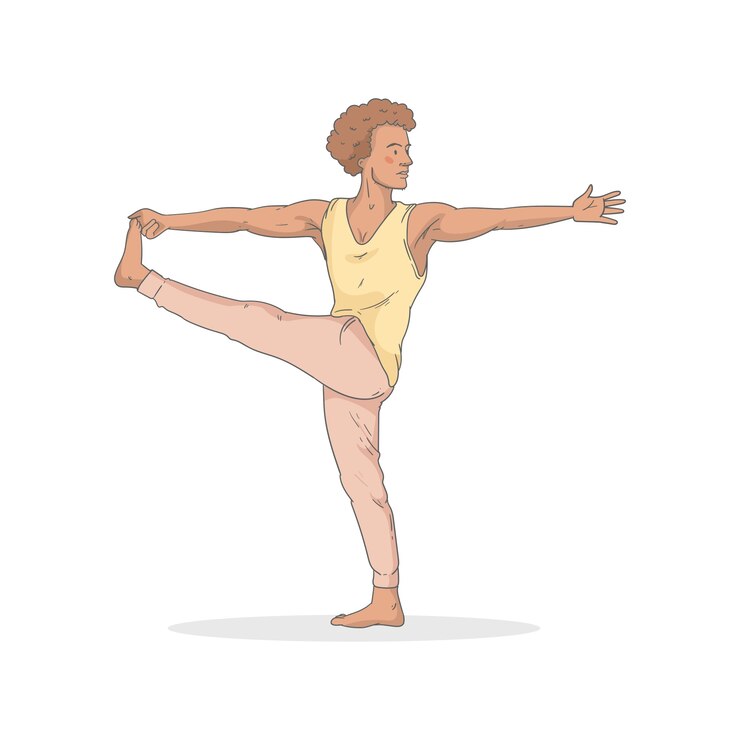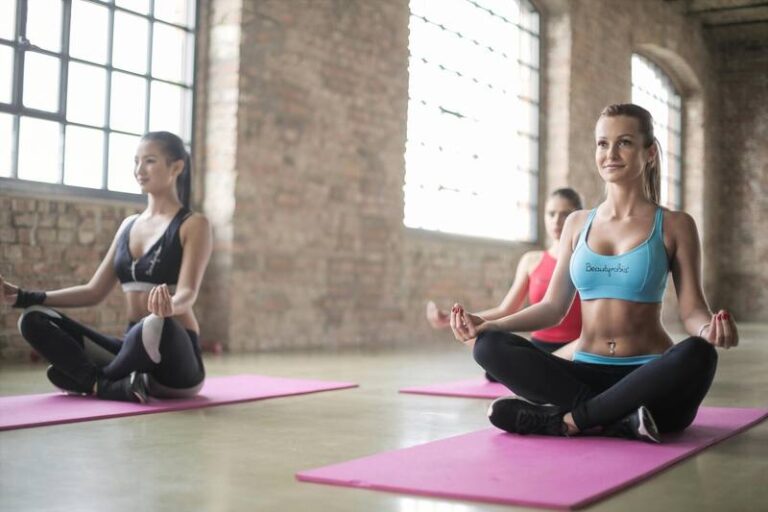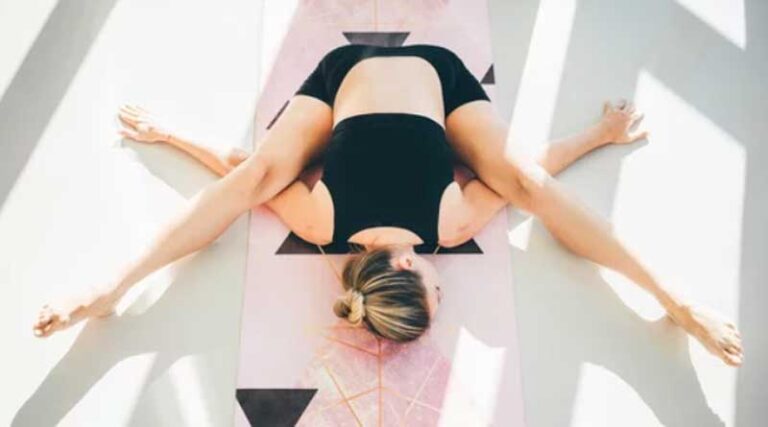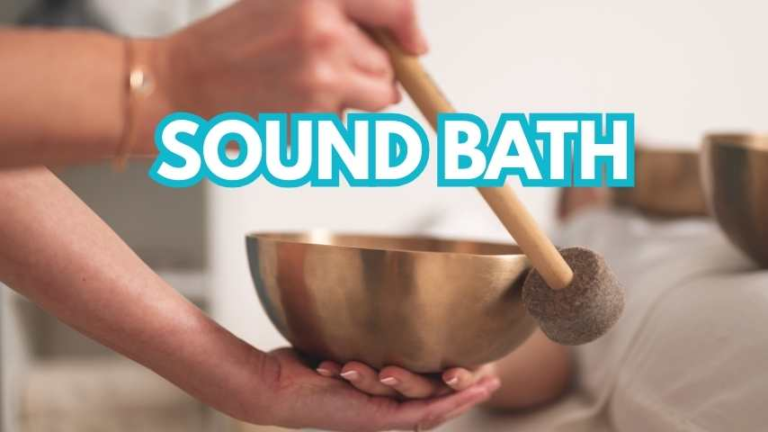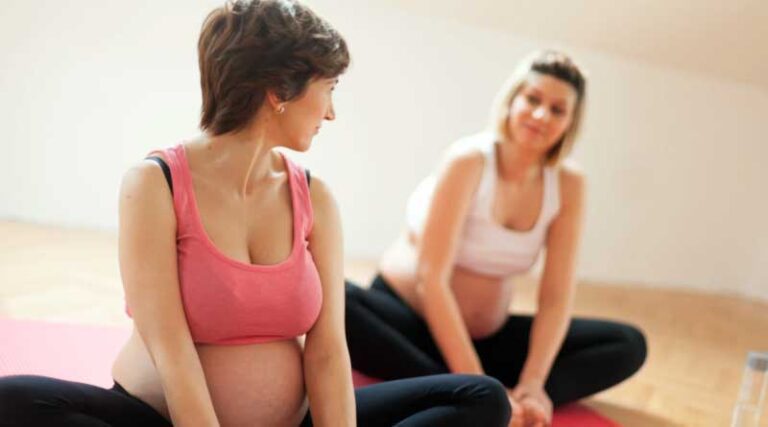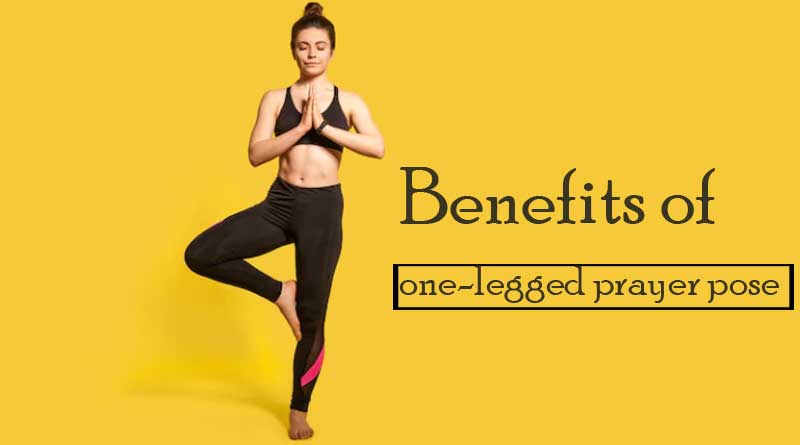
One legged prayer pose – Eka pada pranamasana is an intermediate balancing pose. The name comes from the sanskrit language “Eka” means one ,”Pada” means foot, “Pranam” means prayer and “asana “means posture or pose.
The posture is a combination of pranamasana (prayer pose) and vrikshasana (tree pose).
Eka pada pranamasana means one-legged prayer pose or one-legged salutation pose in English.
How to do Eka pada pranam asana (One legged prayer pose)
- Stand with your feets together in Tadasana . Focus the gaze on one point at eye level.
- Now slowly bend your right knee and place the sole of the foot to the root of the left thigh.
- Now place your hands in front of the chest in pranam asana.
- Hold the asana for a short duration maintaining balance .
- Now release the right leg and lower it on the floor .
- The same practice can be done with the other leg.
Breathing – one-legged prayer pose
Inhale standing on one foot with eyes gazing in front at a point to remain focused. Breathe normally in the final position. And with a exhale come back to initial position.
Precautions – one-legged prayer pose
- Strong leg muscles and a good sense of balance is needed to practice this asana. Only healthy people should attempt vrikshasana.
- People with high blood pressure, heart problems ,hernia ,vertigo, slipped disc ,sciatica, weak back ,hips ,knees and ankles should not attempt this practice.Pregnant womens should avoid this asana.
Benefits of Eka pada pranam asana (One legged prayer pose)
- one-legged prayer pose strengthens the leg muscles ,knee joints and the abdominal region.
- It reduces hyper activity of the kidneys and diuresis.It develops the ability to retain seminal fluid for the maintenance of brahmacharya.
- one-legged prayer pose helps one to achieve balance in other aspects of life .
- Eka pada pranam asana strengthens and tones the entire standing leg, up to the buttocks .
- Eka pada pranam asana helps in improving balance, posture and leg strength, eka pada pranamasana improves focus and awareness, without which the wandering mind results in a loss of balance.
- This asana helps in promoting self-confidence and willpower.
- It calms the mind, and develops mental and spiritual balance.
The one-legged prayer pose, commonly referred to as Tree Pose or Vrikshasana in yoga, is a balancing exercise that enhances concentration, stability, and strength. Here’s how to execute it:
How to Do the One legged prayer pose:
- Starting Position: Begin by standing upright in Mountain Pose (Tadasana) with your feet together, arms relaxed at your sides, and your gaze directed forward.
- Shift Your Weight: Transfer your weight onto your left foot, ensuring it is firmly grounded.
- Lift the Right Leg: Bend your right knee and place the sole of your right foot against
- The inner thigh of the left leg (high position),
- The inner calf of the left leg (moderate position), or
- Just above the ankle (low position). Be careful not to rest your foot on the knee joint to avoid any strain.
- Hands in Prayer Position: Join your palms together at your chest in a prayer gesture (Anjali Mudra). For an extended variation of this pose, raise your arms overhead.
- Focus and Breathe: Concentrate on a fixed point in front of you to help maintain balance while taking slow, deep breaths for stabilization.
- Hold the Pose: Remain in this position for 20-30 seconds or as long as you feel comfortable.
- Release: Gently lower your hands and bring your foot back down to the ground before repeating on the opposite side.
One leg yoga pose
If you find balancing difficult, consider using a wall or chair for assistance. Begin by placing your foot low and slowly increase the height as your stability enhances. Remember to activate your core and maintain a straight standing leg, ensuring it isn’t locked.
Many yoga poses require balancing on one leg, which can improve stability, strength, and focus. Here are some popular poses:
1. Tree Pose (Vrikshasana)
Stand straight and shift your weight to one leg. Place the other foot on your inner thigh or calf (not the knee). Bring your hands together at your chest or raise them above your head. Stay in this pose and focus on your breathing.
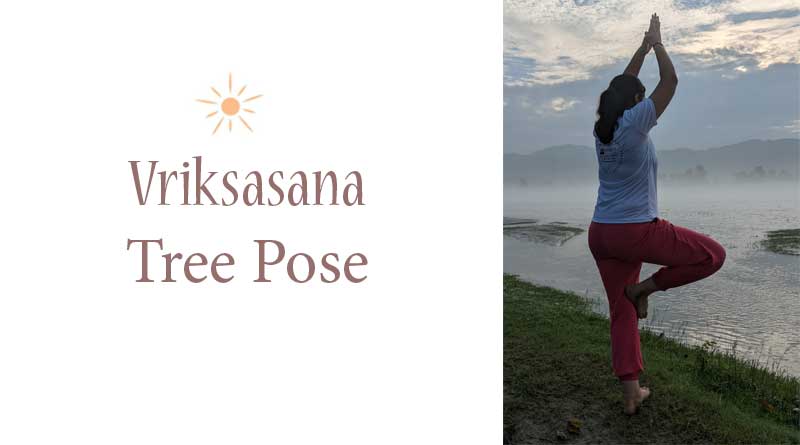
2. Eagle Pose (Garudasana)
Balance on one leg and wrap the other leg around it. Cross your arms in front of you and twist them together. Hold this position while concentrating and keeping your balance.
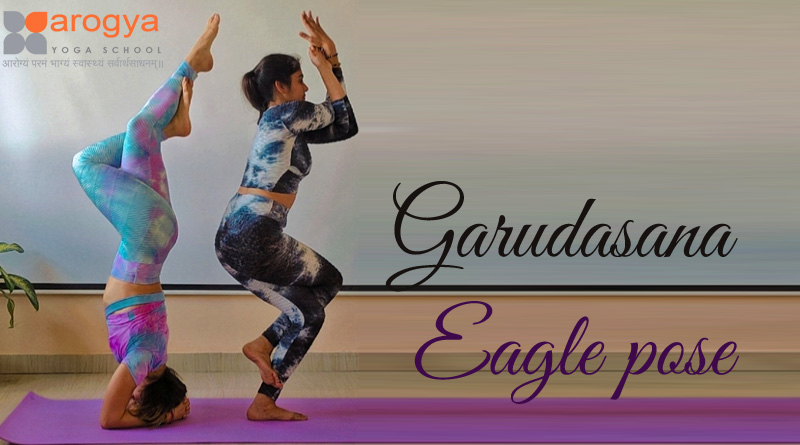
3. Warrior III (Virabhadrasana III)
Stand on one leg and stretch the other leg straight back. Lean forward with your arms reaching out in front or to the sides. Keep your body in a straight line to form a “T” shape.
4. Dancer’s Pose (Natarajasana)
Stand on one leg and grab the foot of the opposite leg behind you. Lift that foot up while reaching the opposite arm forward. Keep your chest up as you balance in this graceful pose.
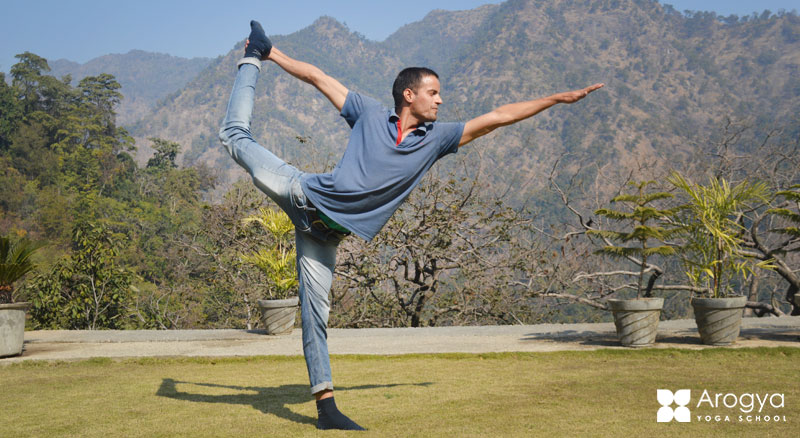
5. Standing Hand-to-Big-Toe Pose (Utthita Hasta Padangusthasana)
Stand on one leg and extend the other leg straight out in front. Use the same-side hand to hold your big toe. Keep your back straight and engage your core throughout the pose.
